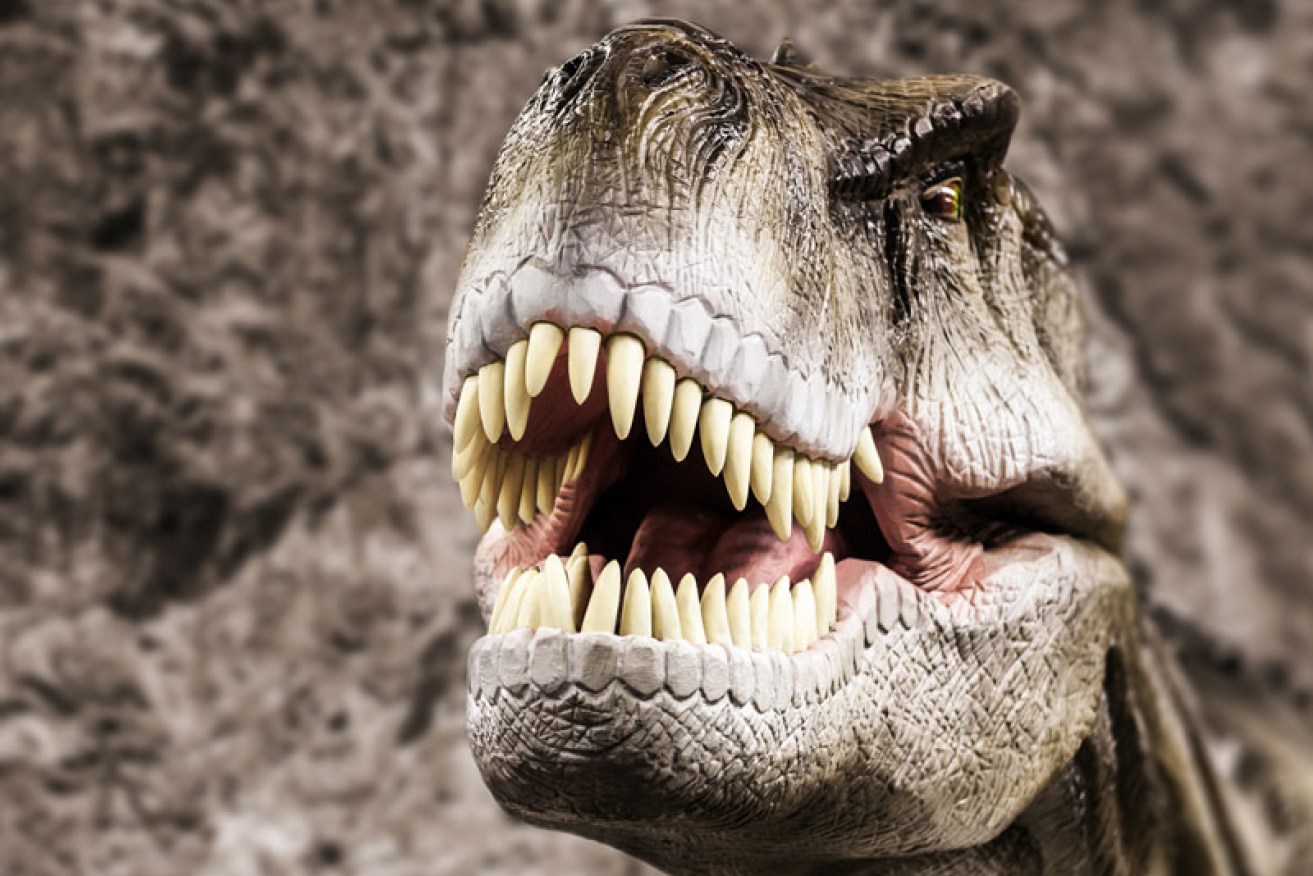Scientists ready to create a real-life Jurassic Park


Extreme arctic conditions may hold the key to resurrecting the dinosaurs.
Using a vast laboratory full of preserved genetic samples, scientists at the Mammoth Museum of the Institute of Applied Ecology, in the Russian city of Yakutsk, are hoping to clone pre-historic animals.
Their aim – to create a “real-life Jurassic Park”, according to Russia Today.
• Aussie gamers create world’s most lifelike dinosaurs
• Everyone’s big issue with Jurassic World
• Jurassic World smashes global box office record
The Siberian permafrost is filled with preserved pre-historic life and samples at the Yakutsk lab include a 12,400-year-old mummified puppy and 4500-year-old horse.
If Jurassic Park‘s mathematician Dr Ian Malcolm (better known as Jeff Goldblum) were around, he would likely utter “Don’t you mean they’re extinct?”
The answer, it is hoped, is not for much longer.
Is it possible?
There are mixed opinions on the prospect of bringing dinosaurs back from the dead.
Paleontologist Jack Horner was an advisor on the most recent dinosaur epic Jurassic World.

If Jurassic Park is anything to go by, bringing back dinosaurs would only mean constant fitness tests. Photo: Getty
He believes the technology to give life to the extinct animals exists – in theory at least.
“What we’re trying to do is find ancestral genes in birds that are turned off and turn them back on again so that we can make an animal look like a dinosaur,” Horner told Inside Edition in June.
“I think we will have what we call a ‘dino-chicken’, a bird with a long tail, that has arms, that has hands instead of wings, a snout with teeth definitely in the next 10 years.”
But others are more dubious.
Flinders University Strategic Professor in Palaeontology John Long said it was nearly impossible to recreate the genetic make-up of an animal once it was lost.
Although relatives of pre-historic dinosaurs still walk the Earth, their DNA is so different much of it would have to be synthetically recreated.
“The complex nature of DNA makes it impossible to ever reconstruct the exact DNA of an extinct animal using small fragments, especially when patched up using more than 99 per cent of another distant relatives DNA,” he said in an article for The Conversation.
The ethical question
Even if it were possible, is it ethical to recreate massive creatures that would oust humanity from the top of the food chain?
Part of Horner’s work involves altering the genetic make-up of the chicken to recreate dinosaurs.
Along with a team of researchers from Harvard and Yale universities, they are focusing on four major differences between dinosaurs and birds – the mouths, hands, arms and tails.

Scientists extracted DNA from the leg of a well-preserved woolly mammoth in March. Photo: YouTube
In an earlier study, Harvard researchers successfully inserted preserved mammoth genes into those of the Asian elephant.
But Prof Long questions what recreating a dinosaur might achieve.
“As in Jurassic Park, the ethical question we need to ask is: why would we ever want to bring back dinosaurs to today’s world? Would they have any purpose, or just be odd curiosities?” he said.
“Even a seasoned palaeontologist like myself can’t see any real need to ever do it apart from curiosity’s sake.”
Even if it isn’t possible to bring back the animals wiped out of existence millions of years ago, the good news is it is still possible to hang out with prehistoric creatures.
Australia’s echidna was around about 20 and 50 million years ago, while bees are believed to have evolved 146 to 74 million years ago.
Although it is not currently possible to play with the colossal animals depicted in Hollywood’s dramatic dinosaur epics, T-Rex could again walk the Earth – albeit in the form of a chicken.









